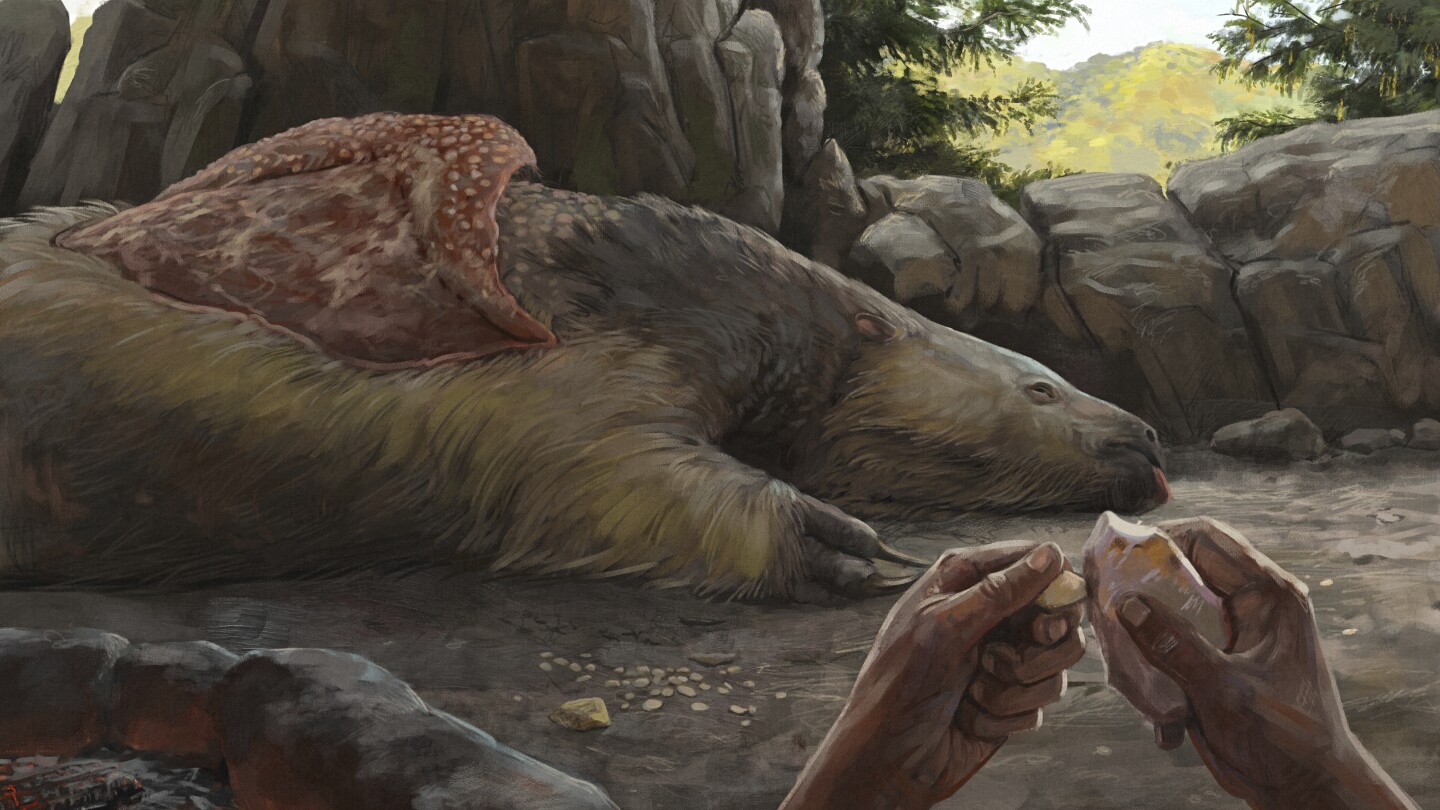For a long time, scientists believed the first humans to arrive in the Americas soon killed off these giant ground sloths through hunting, along with many other massive animals like mastodons, saber-toothed cats and dire wolves that once roamed North and South America.
But new research from several sites is starting to suggest that people came to the Americas earlier — perhaps far earlier — than once thought. These findings hint at a remarkably different life for these early Americans, one in which they may have spent millennia sharing prehistoric savannas and wetlands with enormous beasts.
“There was this idea that humans arrived and killed everything off very quickly — what’s called ‘Pleistocene overkill,’” said Daniel Odess, an archaeologist at White Sands National Park in New Mexico. But new discoveries suggest that “humans were existing alongside these animals for at least 10,000 years, without making them go extinct.”



There’s still controvercy.